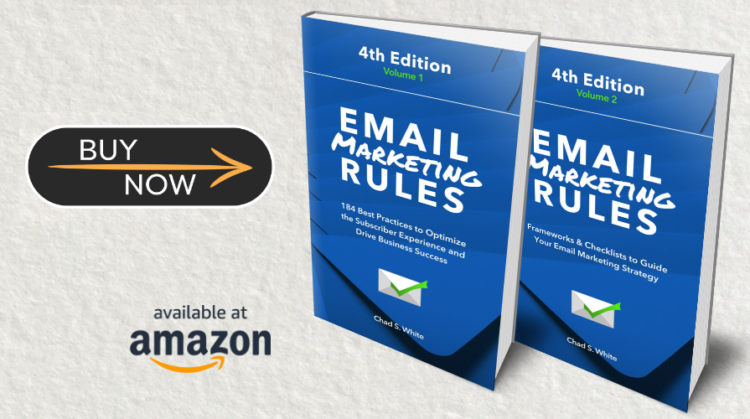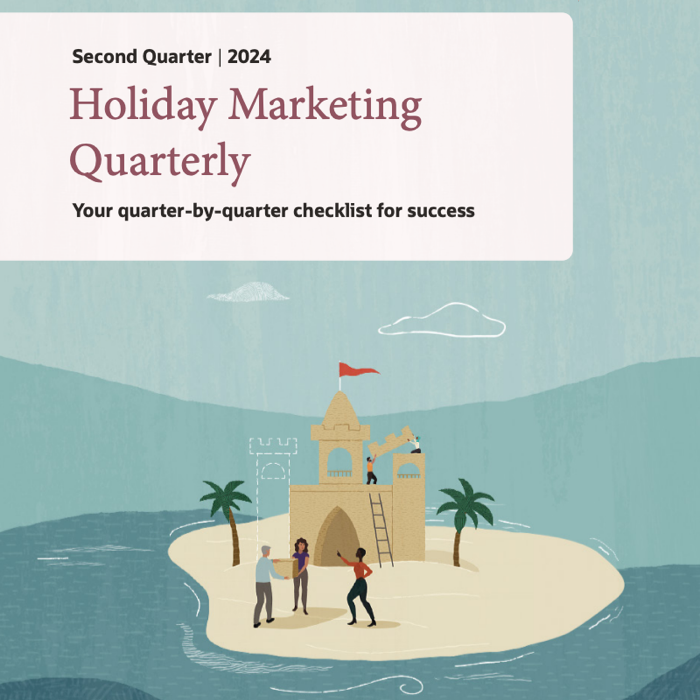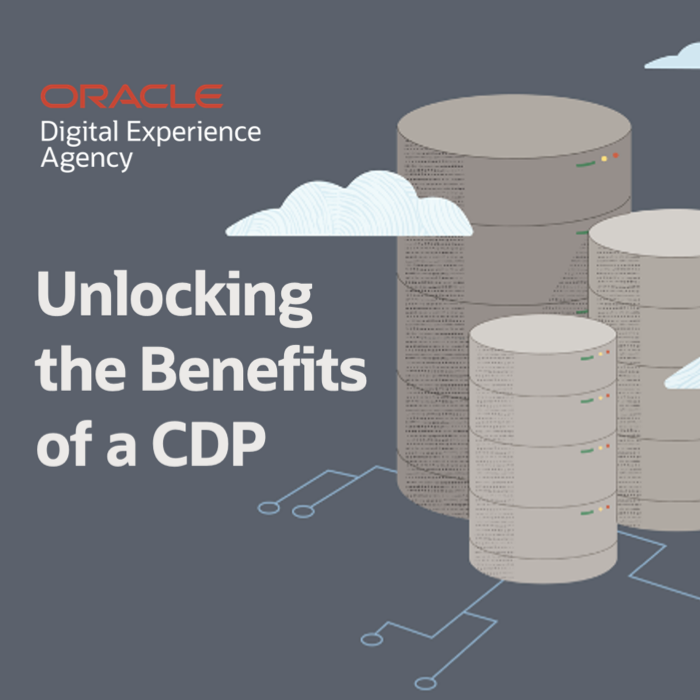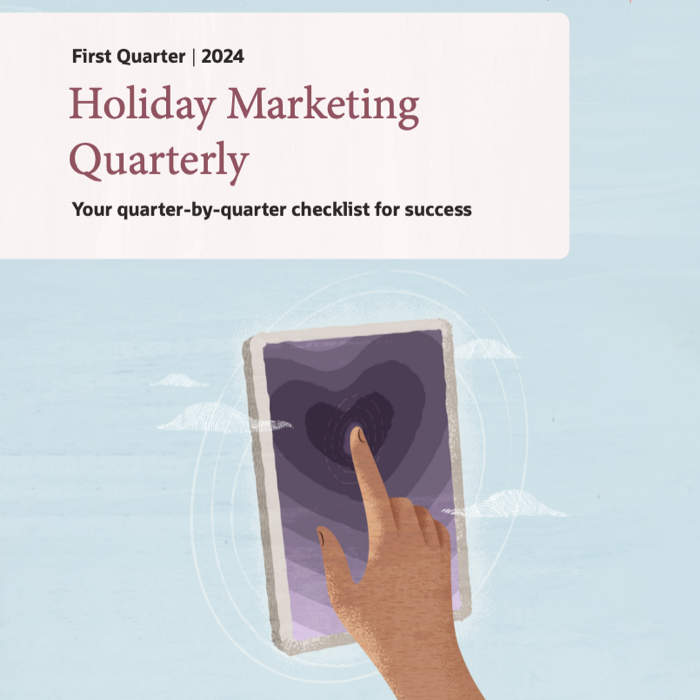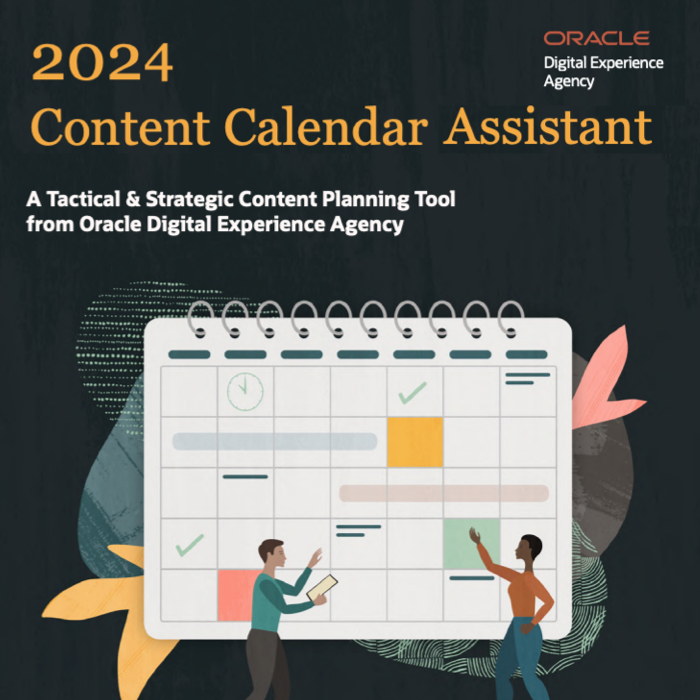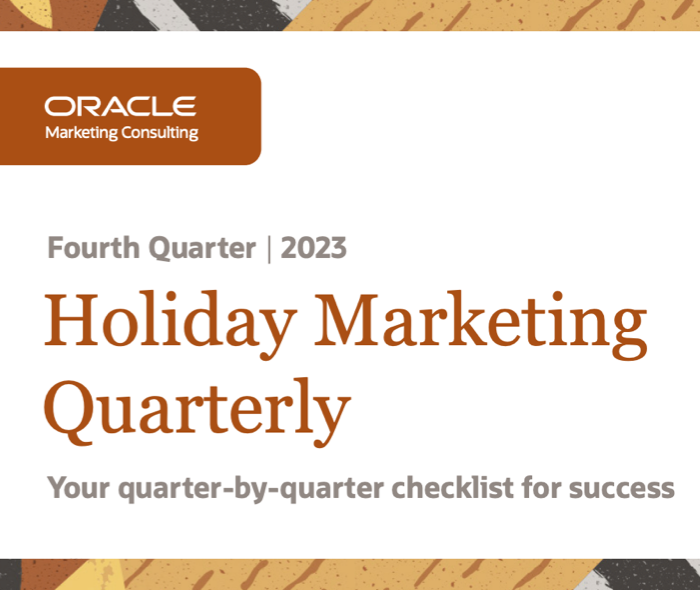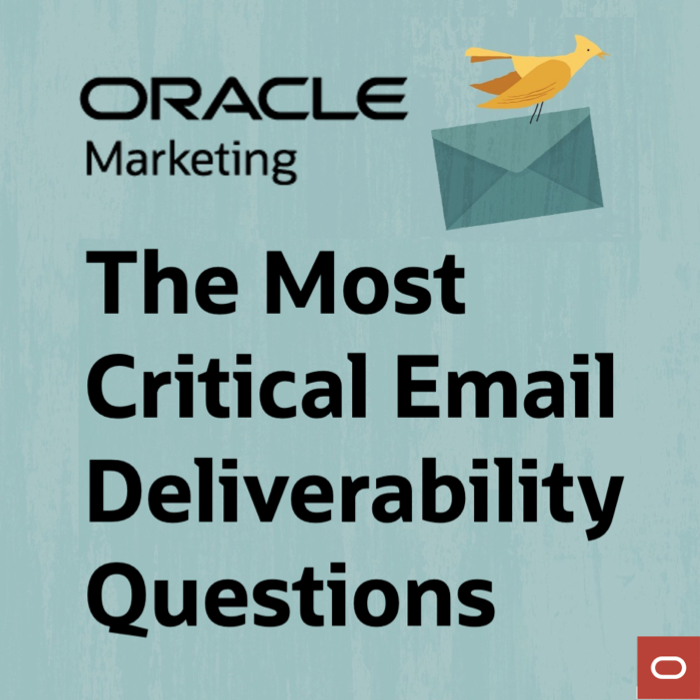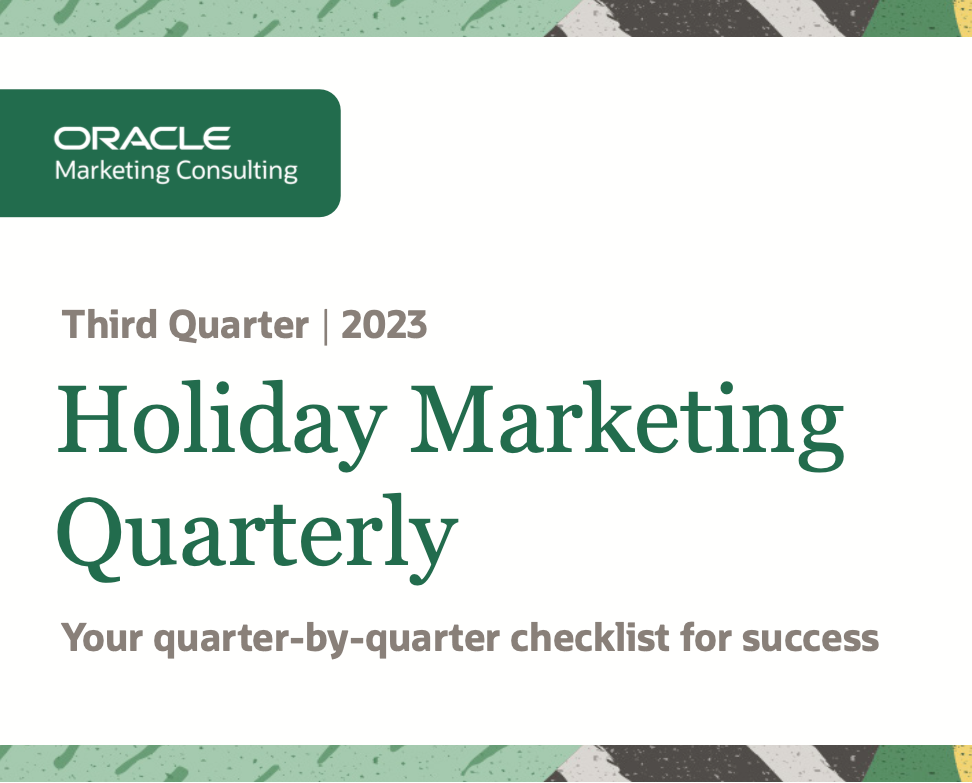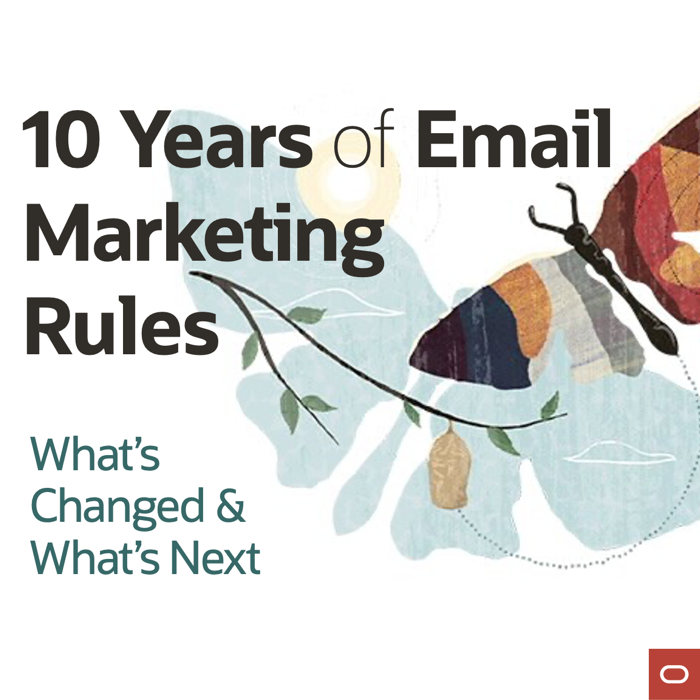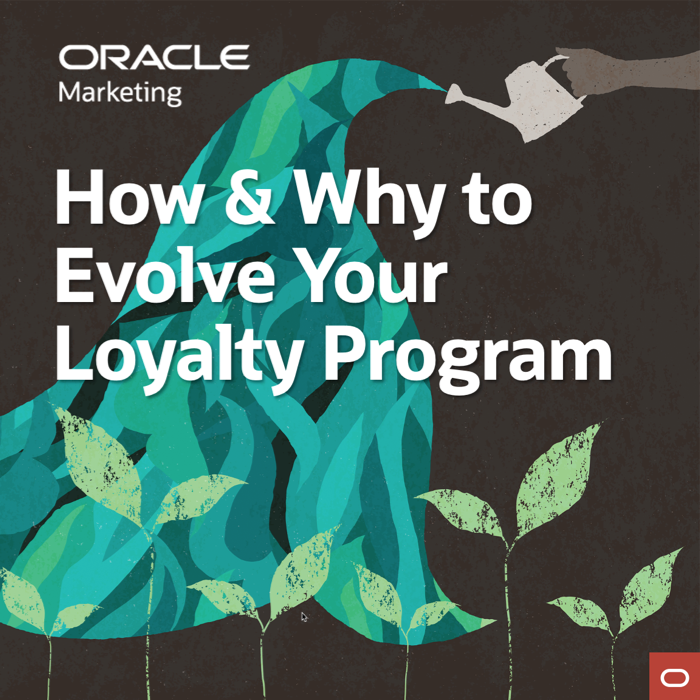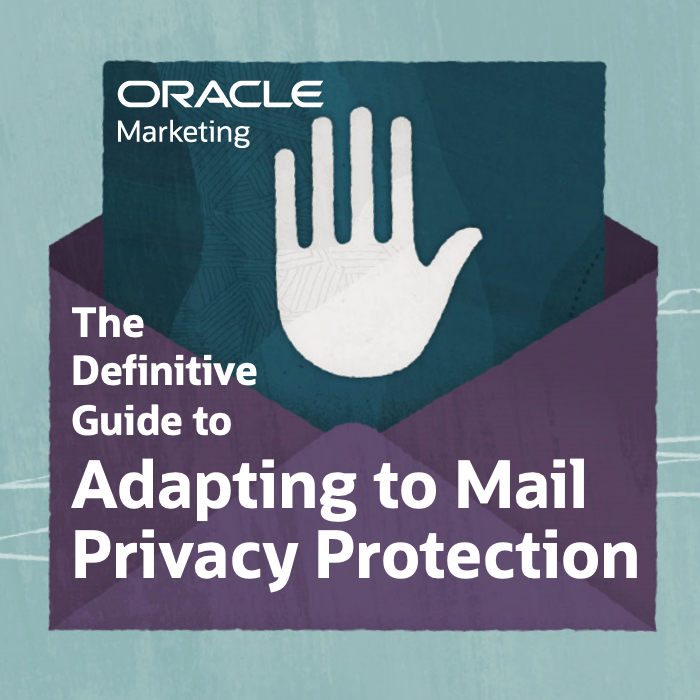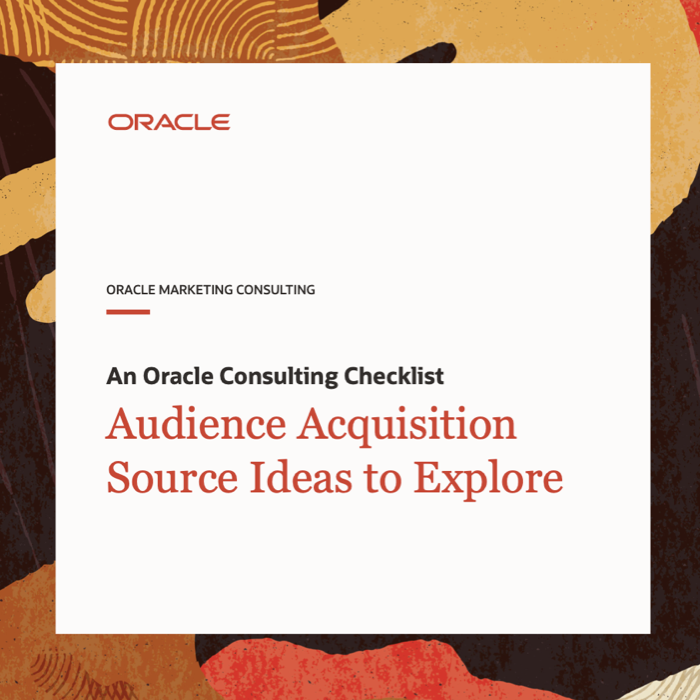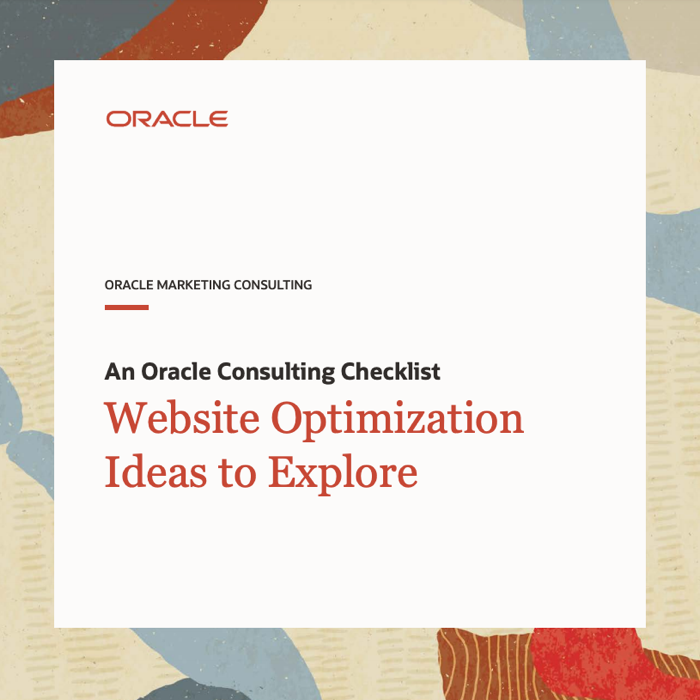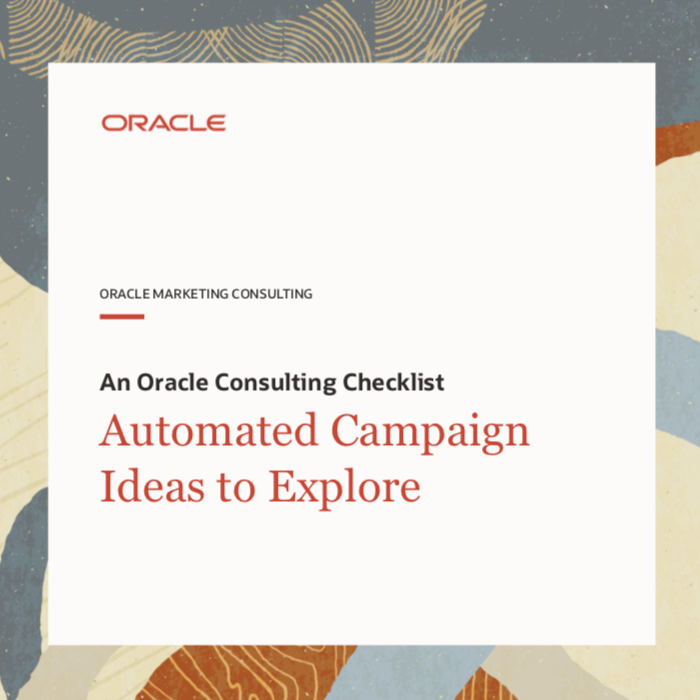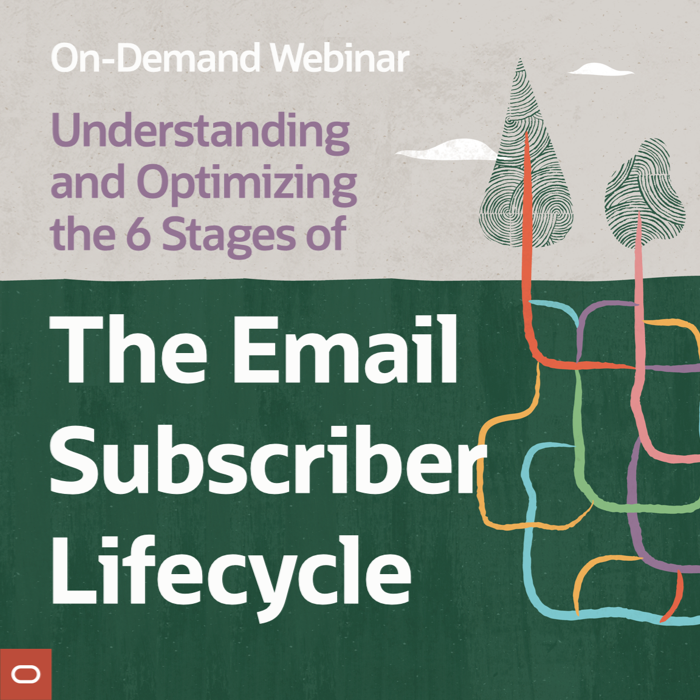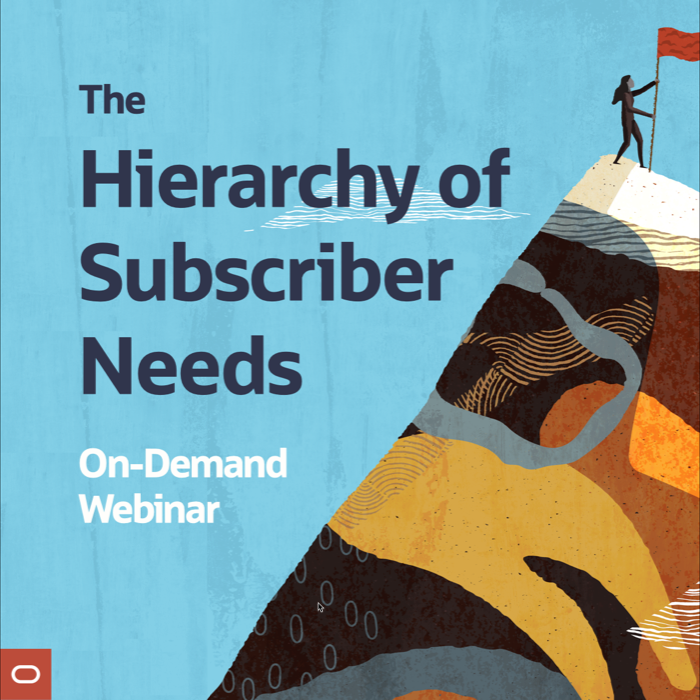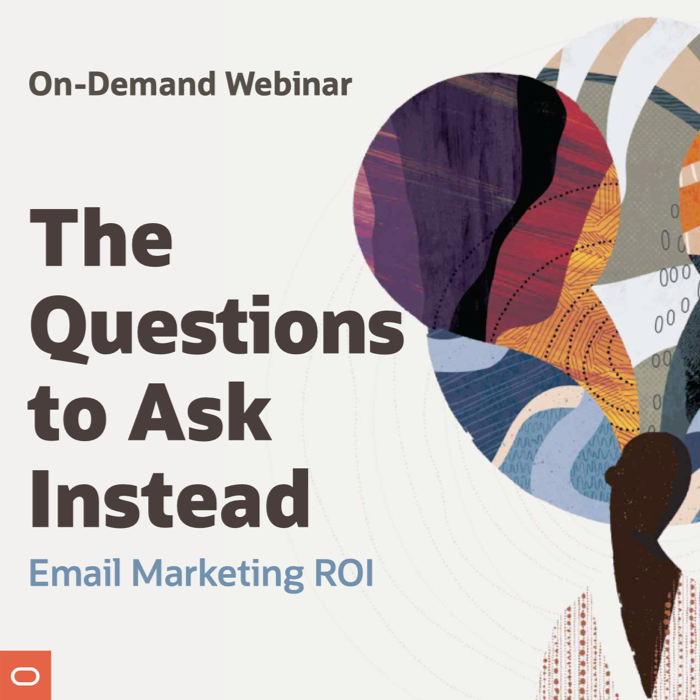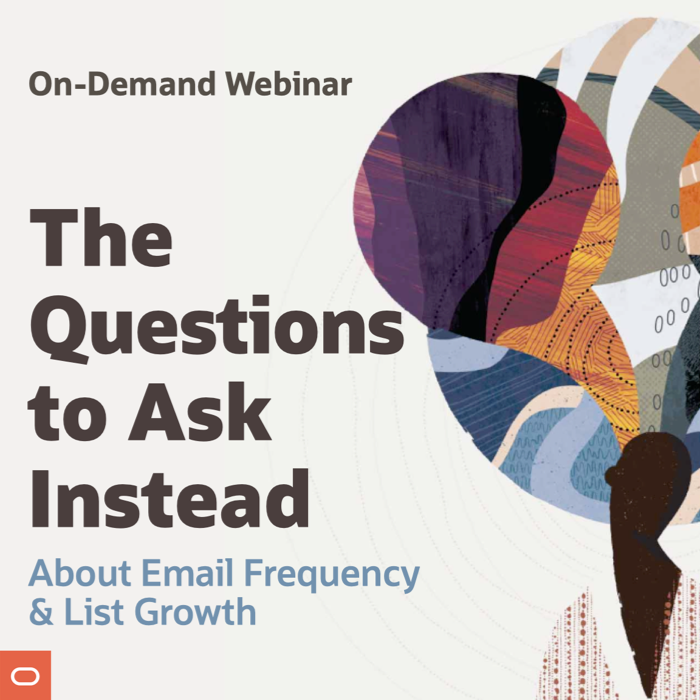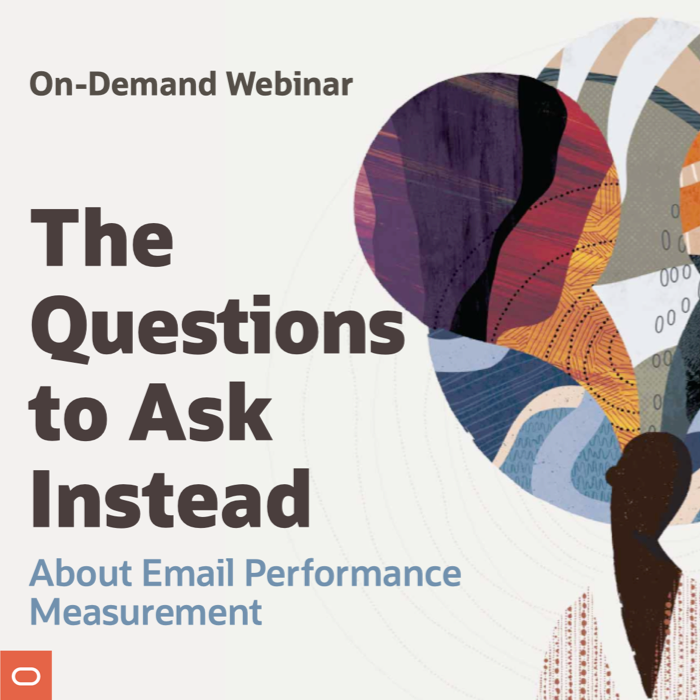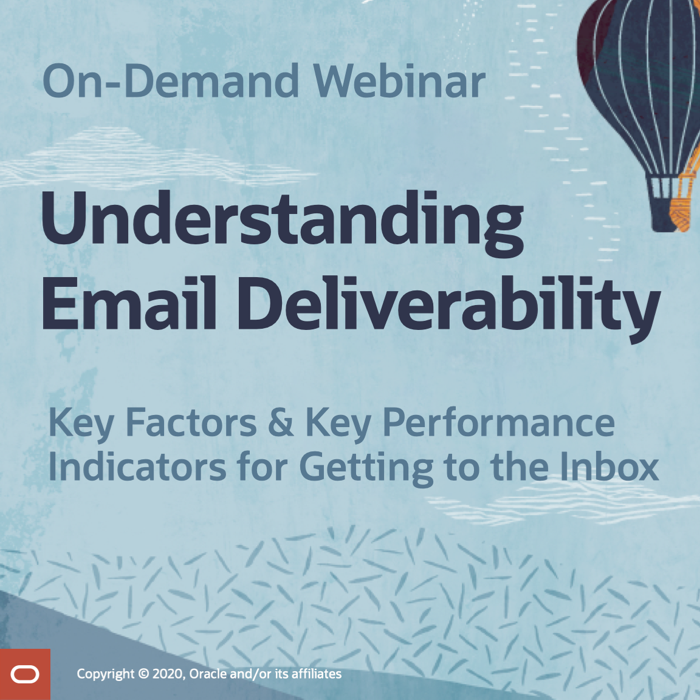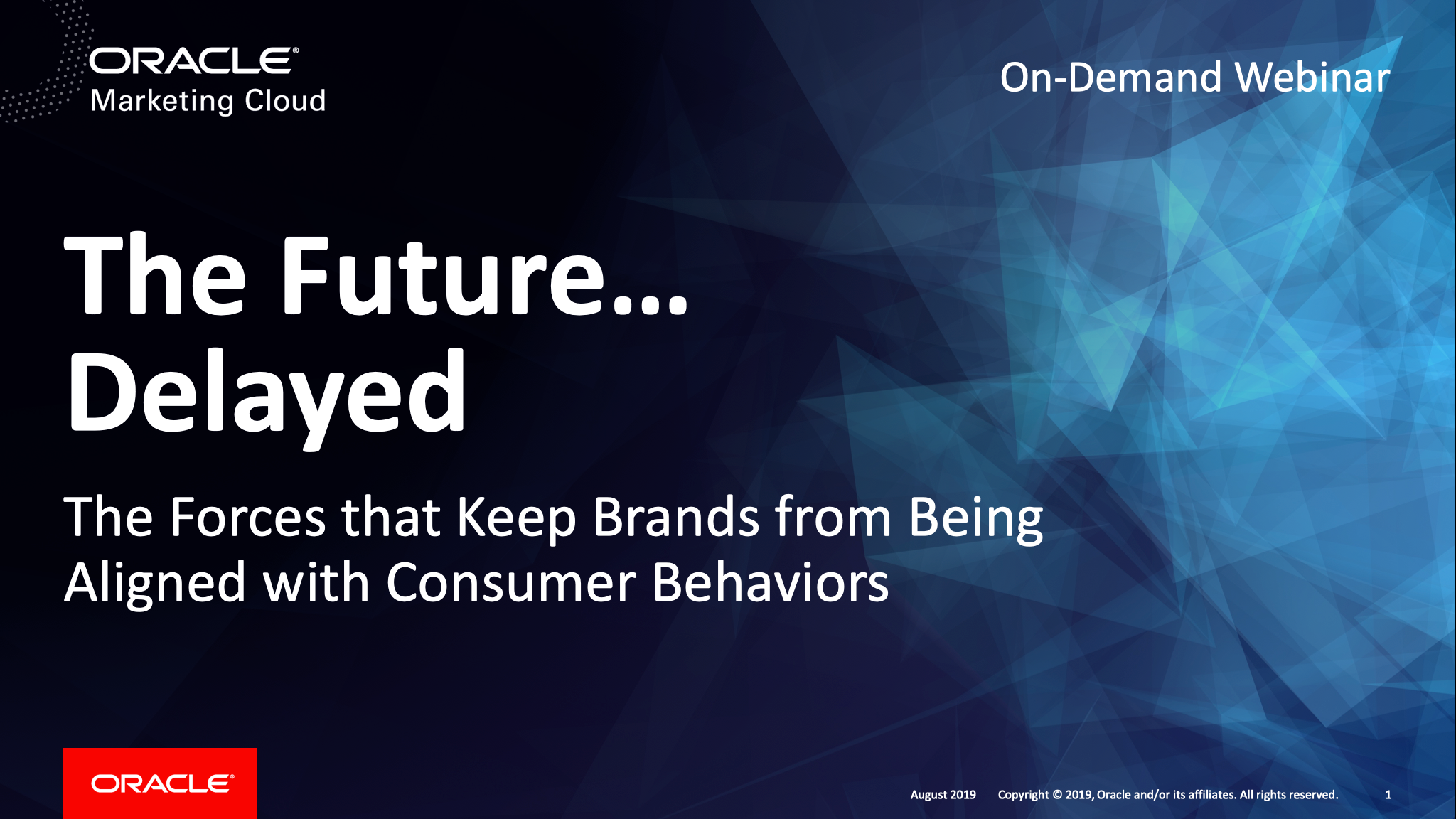Email Signup Failures at Crisis Levels
Posted by Chad S. White on April 11, 2013
Opt-in failures are costing brands high-quality subscribers and dampening their list growth. More than 15% of homepage and site registration email signup processes resulted in failures, according to ExactTarget research involving more than 160 B2C brands, including retailers, restaurants, manufacturers, travel and hospitality, and nonprofits. This is a worsening from several years ago when signup failures hovered around an already-too-high 12%.
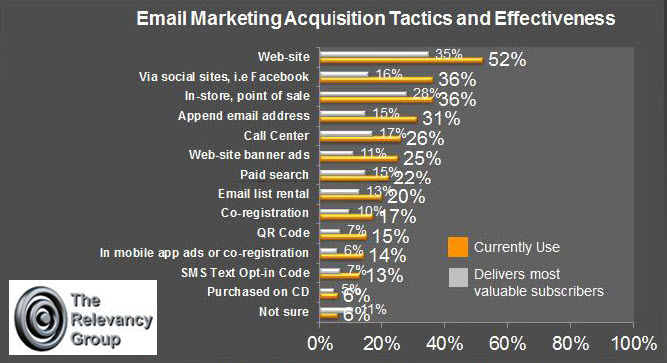 These failures are particularly costly because people who signup via your website are your most valuable subscribers. So losing these has an outsized effect on your email program’s ROI.
These failures are particularly costly because people who signup via your website are your most valuable subscribers. So losing these has an outsized effect on your email program’s ROI.
While it’s not clear why many of the signups failed, some program characteristics coincided with higher and lower failure rates:
Using confirmed opt-in (COI): Brands that use COI, where a subscriber has to click on a link in a signup confirmation email to complete the signup process, were more likely to have their subscriptions fail. Nearly 27% of the brands using COI suffered signup failures.
For example, GoDaddy’s COI failed because every time you confirmed the signup by clicking on the link in the signup confirmation request email, it sent you another signup confirmation request email and bounced you back to the page notifying you that you have to confirm your subscription by clicking on the link in the email they just sent you. Simply put, it created an infinite loop that you could never break out of.
Sending a welcome email: Signups were less likely to fail if a brand was able to successfully deliver a welcome email. Only 9% of brands saw their signups fail after delivering a welcome email. (See More Brands Sending Welcome Emails, But Opportunities Remain.)
Sending a welcome email series: Not a single brand that delivered a welcome email series saw their signup fail subsequently. (See Quarter of B2C Marketers Send a Welcome Email Series.) This is likely an indication of greater sophistication and therefore better controls.
The high level of signup failures speaks to a need to do more subscription process audits, which have become more complex in recent years.
Platform proliferation means there are now more devices, more operating systems and more browsers to check since they all don’t work the same together. For instance, Discovery Store’s signup form encountered a fatal error when using Firefox on Windows 7, but worked fine when using Internet Explorer.
Acquisition source proliferation means there are now more channels to check. For instance, is your text-to-subscribe working properly? Does the email signup form on your Facebook page work? Does the email signup during checkout on your mobile app work? Tracking your subscribers by acquisition source can help you uncover signup issues, in addition to helping you make decisions about subscriber value by acquisition source.
If you haven’t done an acquisition source audit recently, it’s probably time to do one as you could be unknowingly losing valuable subscribers.
Category: Uncategorized
Tags: List Building & Profiling, Onboarding & Welcome Emails, Permission

Welcome! Email Marketing Rules is your guide to understanding the best practices of this complex, often misunderstood channel as you craft the best executions for your brand. Every week, we’ll explore strategies and tactics, discuss tips and inspiration, and dig into industry news and trends.
Chad S. White
Head of Research
Oracle Digital Experience Agency
Author of Email Marketing Rules and nearly 4,000 articles about digital and email marketing
Topics
Recent Posts
Archives
- April 2024 (6)
- March 2024 (9)
- February 2024 (10)
- January 2024 (7)
- December 2023 (7)
- November 2023 (6)
- October 2023 (10)
- September 2023 (7)
- August 2023 (9)
- July 2023 (7)
- June 2023 (8)
- May 2023 (8)
- April 2023 (9)
- March 2023 (9)
- February 2023 (6)
- January 2023 (10)
- December 2022 (5)
- November 2022 (7)
- October 2022 (10)
- September 2022 (9)
- August 2022 (6)
- July 2022 (5)
- June 2022 (8)
- May 2022 (7)
- April 2022 (4)
- March 2022 (9)
- February 2022 (7)
- January 2022 (7)
- December 2021 (5)
- November 2021 (7)
- October 2021 (9)
- September 2021 (7)
- August 2021 (9)
- July 2021 (6)
- June 2021 (8)
- May 2021 (6)
- April 2021 (3)
- March 2021 (6)
- February 2021 (6)
- January 2021 (9)
- December 2020 (8)
- November 2020 (6)
- October 2020 (10)
- September 2020 (9)
- August 2020 (8)
- July 2020 (10)
- June 2020 (12)
- May 2020 (6)
- April 2020 (5)
- March 2020 (8)
- February 2020 (6)
- January 2020 (7)
- December 2019 (6)
- November 2019 (6)
- October 2019 (8)
- September 2019 (3)
- August 2019 (5)
- July 2019 (6)
- June 2019 (3)
- May 2019 (7)
- April 2019 (2)
- March 2019 (4)
- February 2019 (3)
- January 2019 (5)
- December 2018 (9)
- November 2018 (7)
- October 2018 (11)
- September 2018 (7)
- August 2018 (9)
- July 2018 (7)
- June 2018 (5)
- May 2018 (5)
- April 2018 (7)
- March 2018 (8)
- February 2018 (3)
- January 2018 (6)
- December 2017 (8)
- November 2017 (8)
- October 2017 (4)
- September 2017 (6)
- August 2017 (5)
- July 2017 (11)
- June 2017 (9)
- May 2017 (8)
- April 2017 (5)
- March 2017 (5)
- February 2017 (3)
- January 2017 (5)
- December 2016 (11)
- November 2016 (6)
- October 2016 (5)
- September 2016 (10)
- August 2016 (10)
- July 2016 (6)
- June 2016 (6)
- May 2016 (8)
- April 2016 (7)
- March 2016 (9)
- February 2016 (8)
- January 2016 (8)
- December 2015 (7)
- November 2015 (8)
- October 2015 (7)
- September 2015 (8)
- August 2015 (4)
- July 2015 (8)
- June 2015 (4)
- May 2015 (6)
- April 2015 (8)
- March 2015 (6)
- February 2015 (9)
- January 2015 (7)
- December 2014 (13)
- November 2014 (7)
- October 2014 (9)
- September 2014 (11)
- August 2014 (13)
- July 2014 (9)
- June 2014 (6)
- May 2014 (8)
- April 2014 (6)
- March 2014 (11)
- February 2014 (7)
- January 2014 (8)
- December 2013 (10)
- November 2013 (8)
- October 2013 (11)
- September 2013 (10)
- August 2013 (12)
- July 2013 (9)
- June 2013 (10)
- May 2013 (12)
- April 2013 (7)
- March 2013 (9)
- February 2013 (5)
 Email Marketing Rules
Email Marketing Rules

